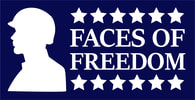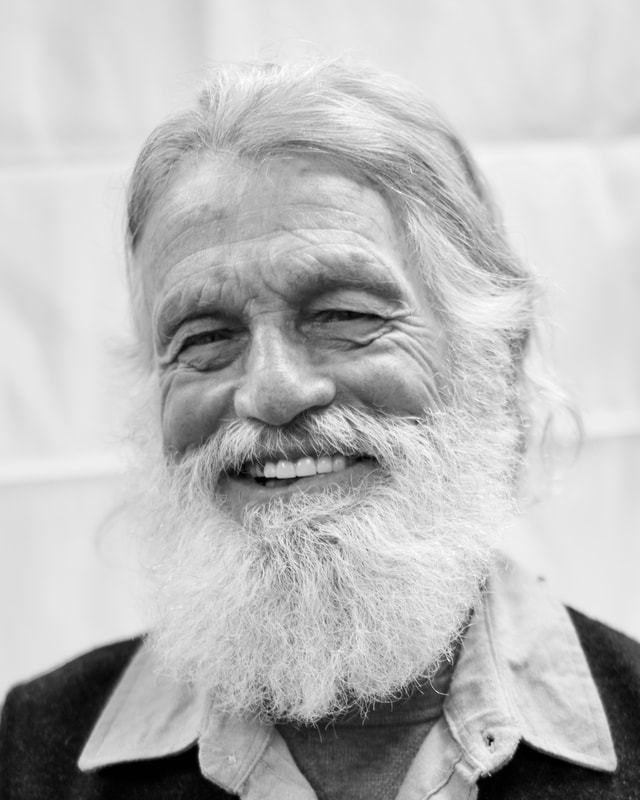Ray Pavlik, Petty Officer 3rd Class
US Navy Jet Mechanic
USS Kittyhawk
Vietnam 1965-1968
US Navy Jet Mechanic
USS Kittyhawk
Vietnam 1965-1968
Ray was born in Cleveland in 1946 where he grew up with two brothers and one sister. By the time he was graduating from high school the job market was tight and he wanted to get as far away from Cleveland as possible, so he and a buddy enlisted in the Navy. His mother was none too happy. He had a knack for working with machines and since he enlisted, he got to pick his occupation, so he picked jet mechanic. He was assigned to mechanics school in Memphis and then Miramar, CA.
In January of 1965 Ray was assigned to VF-213, known as the Black Lions. This was a squadron of 112 men who flew and maintained twelve Phantom F-4 jet fighters. Their base of operation was the USS Kittyhawk that was based in North Island, NAS, CA. While on shore they conducted training at Mirimar in California and Fallon, Nevada. Pilots would pratice bombing runs and simulate landing on a carrier. On one occasion a plane stalled, and the plane went down. One of the crew successfully ejected but the pilot was killed. Ray was assigned to identify the engine parts and where they landed.
The Kittyhawk was a city unto itself. 1,100 feet long and 300 ft wide with 5,000 men and over 120 planes. When the flight deck was in full operation there were hundreds of people involved in making sure planes took off and landed safely, planes received maintenance, were re-armed, refueled and readied for the next flight. Each crew wore a different color shirt to identify their responsibilities on the flight deck. Ray was a brown shirt, also known as a plane captain. Two captains were assigned to each plane and one captain always remained with the plane. They were responsible to make sure the plane was ready to fly, and all aspects of preparation were double checked. One of Ray’s responsibilities was to strap in the pilot. He later would become more involved in the mechanics of the plane as well as testing the engines in and out of the plane. “It was incredibly busy all of the time” Ray recalled.
The USS Kittyhawk was very involved in the bombing of North Vietnam. The crews of the F4 Phantoms took the most casualties. Ray recalled sitting and talking with the crew of one of his planes. That evening they took off but did not return. Their plane exploded over north Vietnam. When asked of his memory of his time in the service Ray said, “I’m glad I had the experience.”
Today Ray and his wife Joni live in Brevard, North Carolina and spend their time volunteering for various veterans’ organizations. Ray’s son joined the Navy and served on an aircraft carrier in the Mediterranean.
Thank you, Ray, for your time at sea, protecting your pilots and serving your country.
In January of 1965 Ray was assigned to VF-213, known as the Black Lions. This was a squadron of 112 men who flew and maintained twelve Phantom F-4 jet fighters. Their base of operation was the USS Kittyhawk that was based in North Island, NAS, CA. While on shore they conducted training at Mirimar in California and Fallon, Nevada. Pilots would pratice bombing runs and simulate landing on a carrier. On one occasion a plane stalled, and the plane went down. One of the crew successfully ejected but the pilot was killed. Ray was assigned to identify the engine parts and where they landed.
The Kittyhawk was a city unto itself. 1,100 feet long and 300 ft wide with 5,000 men and over 120 planes. When the flight deck was in full operation there were hundreds of people involved in making sure planes took off and landed safely, planes received maintenance, were re-armed, refueled and readied for the next flight. Each crew wore a different color shirt to identify their responsibilities on the flight deck. Ray was a brown shirt, also known as a plane captain. Two captains were assigned to each plane and one captain always remained with the plane. They were responsible to make sure the plane was ready to fly, and all aspects of preparation were double checked. One of Ray’s responsibilities was to strap in the pilot. He later would become more involved in the mechanics of the plane as well as testing the engines in and out of the plane. “It was incredibly busy all of the time” Ray recalled.
The USS Kittyhawk was very involved in the bombing of North Vietnam. The crews of the F4 Phantoms took the most casualties. Ray recalled sitting and talking with the crew of one of his planes. That evening they took off but did not return. Their plane exploded over north Vietnam. When asked of his memory of his time in the service Ray said, “I’m glad I had the experience.”
Today Ray and his wife Joni live in Brevard, North Carolina and spend their time volunteering for various veterans’ organizations. Ray’s son joined the Navy and served on an aircraft carrier in the Mediterranean.
Thank you, Ray, for your time at sea, protecting your pilots and serving your country.

